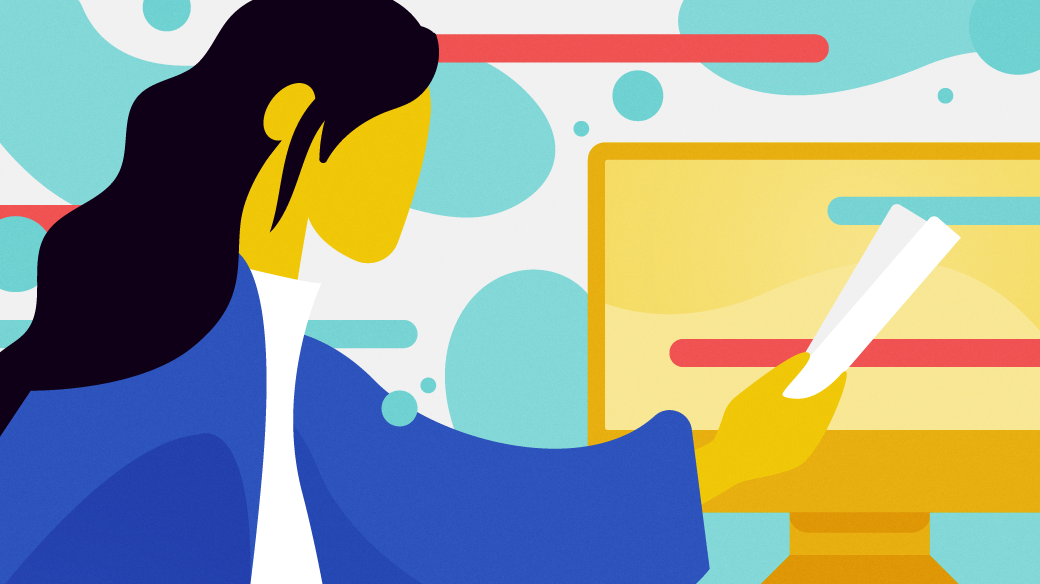Are you looking to challenge your children (or even yourself) to learn new things about open source technologies? Whether you're in elementary school, high school, or college, or even a parent or teacher, Opensource.com has some great reading about open source technologies suitable for the younger generation. Here are our top 12 articles from 2019 on open source for students (and those who love them).
Hacking math education with Python
As a student, I had difficulty with the abstraction of mathematics. Traditional classroom instruction didn't work for me. Peter Farrell has another approach for learners who are challenged by conventional mathematics instruction. His unique approach, which teaches math using Python, resonated with me when I interviewed him about how he is Hacking math education with Python.
5 open source tools for teaching young children to read
No doubt, you have seen how easy it is for children to master today's electronic devices—but what about traditional literacy? Are today's children getting the foundation in reading, writing, and arithmetic that they need to be successful? Laura Janusek's 5 open source tools for teaching young children to read may help. She says, "Access to literary environments has been shown to impact literacy and attitudes towards reading. Why not strive to create a digital literacy environment for our kids by filling our devices with educational technologies, just like our shelves are filled with books?"
What programming language would you teach a kid first?
Coding has become a hot area for schools and parents. Opinions abound on the best computer language to teach and when to begin teaching it. Lauren Pritchett celebrated Ada Lovelace Day 2019 by exploring What programming language would you teach kids first? Be sure to take the accompanying poll, too.
Getting started with the BBC Microbit
Learning to code should be fun, and one of the ways to ensure a great early experience is by using an inexpensive open hardware board. In Getting started with the BBC Microbit, I provide step-by-step directions and some code examples so your child can learn to program with MicroPython.
Introducing kids to computational thinking with Python
Coding can be the key that lifts children out of poverty and empowers them to gain new skills, confidence, and the knowledge necessary to break free from socioeconomic disadvantages. In Introducing kids to computational thinking with Python, I interviewed librarian Qumisha Goss, who is leveraging the power of Python to transform children's lives in Detroit.
A dozen ways to learn Python
Do you know someone who really wants to learn to Python but is looking for the right hook to get started? Removing abstraction has been key to my best learning experiences, and I share some of the resources I've found in A dozen ways to learn Python. They will start you on your journey to Python proficiency and sustain your learning over the long haul.
100 ways to learn Python and R for data science
Many people want to learn data science but are drowning in the deluge of information available online, leaving them confused about where to find the best book, tutorial, or other learning resources. Where would you turn to learn the skills necessary to play a role in this rapidly growing field? Chris Englehardt, Dorris Scott, and Annu Singh share their suggestions in 100 ways to learn Python and R for data science.
How a trip to China inspired Endless OS and teaching kids to hack
I've long been interested in inexpensive, Linux-based computers that help children around the world learn how to code. One of these is Endless' Hack, a low-cost laptop, and an accompanying series of video games designed to get kids coding and become creative problem solvers while they're having fun. In 2019, I got to interview Endless' founder Matt Dalio, where he shares How a trip to China inspired Endless OS and teaching kids to hack.
How to use the internet to learn IT skills
Looking to do something meaningful in the new year? How about helping a few young people take their first steps in an IT career? You can follow the lead of David Clinton, a systems administrator, teacher, and writer, who shares How to use the internet to learn IT skills. Giving students access to open source tools and letting them explore and iterate creates a rich learning experience, he explains.
Digital divide? How the Asian Penguins share Linux at Minnesota charter school
Stu Keroff is an educator who has turned his passion for Linux and open source into a school–community outreach program that serves a large number of immigrant families in Minnesota. He is a husband, father, teacher, speaker, and advocate for Linux in K-12 education and a winner of the 2016 Opensource.com Readers Choice Award. In Digital divide? How the Asian Penguins share Linux at Minnesota charter school, Stu shares his Linux-powered solution to expand digital literacy in his community.
13 books for picking up new tech in 2019
If you (or someone you know) learn best by reading, my 13 books for picking up new tech in 2019 may help you discover a new skill that piques your curiosity. The list includes books on everything from Python to Linux to developing games on a Raspberry Pi.
11 surprising ways you use Linux every day
If you, like me, wonder what powers all the electronic gadgets that power our day-to-day lives today, read my article on 11 surprising ways you use Linux every day. You might be amazed at how much we depend on open source to get us through our days.
A lifetime of learning
What would you like to know to help the children in your life expand their tech knowledge and skills? Please share your ideas in the comments, or even consider sharing your own experiences with Opensource.com readers by submitting an article about your favorite open source education topic.







Comments are closed.